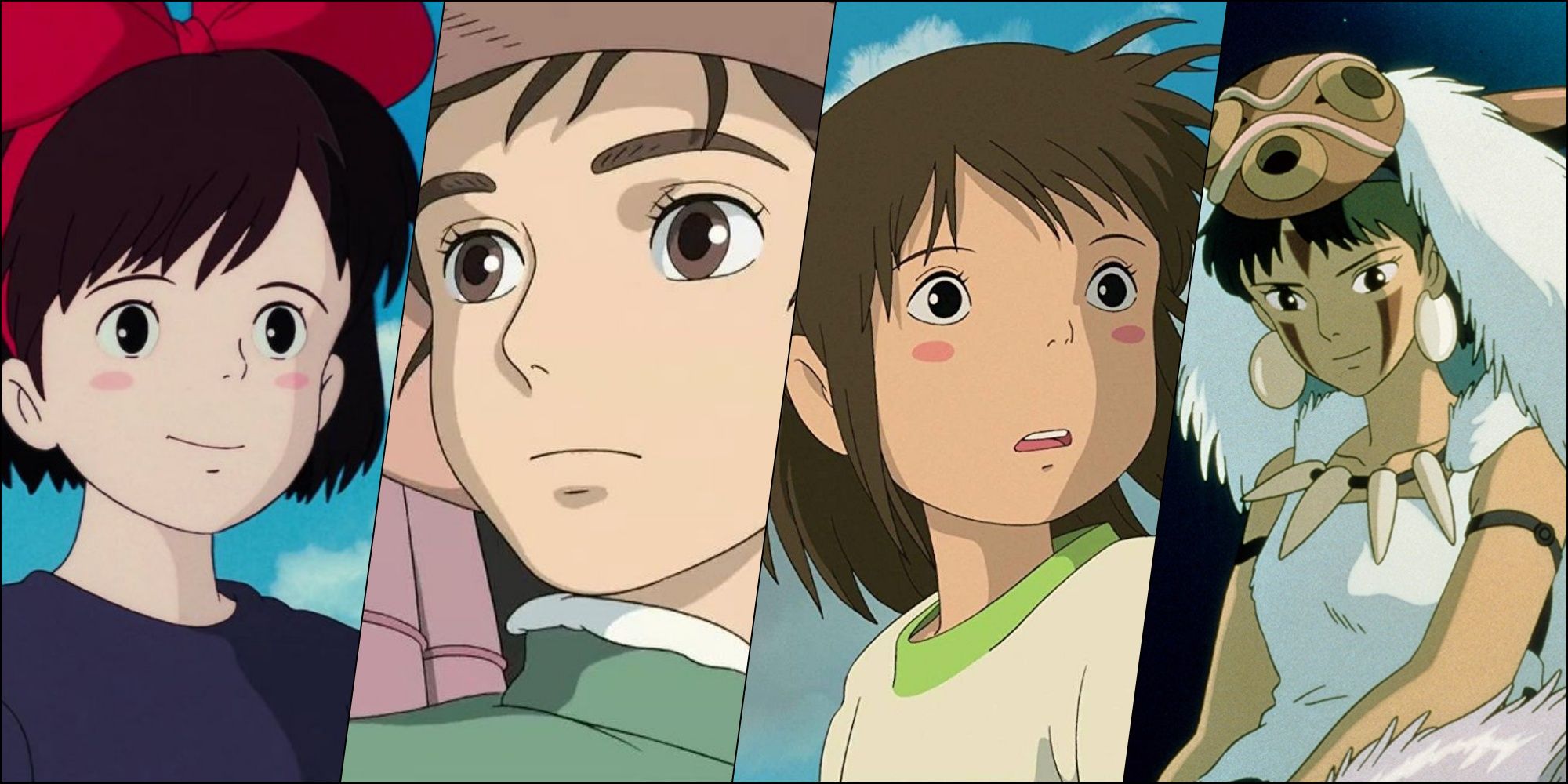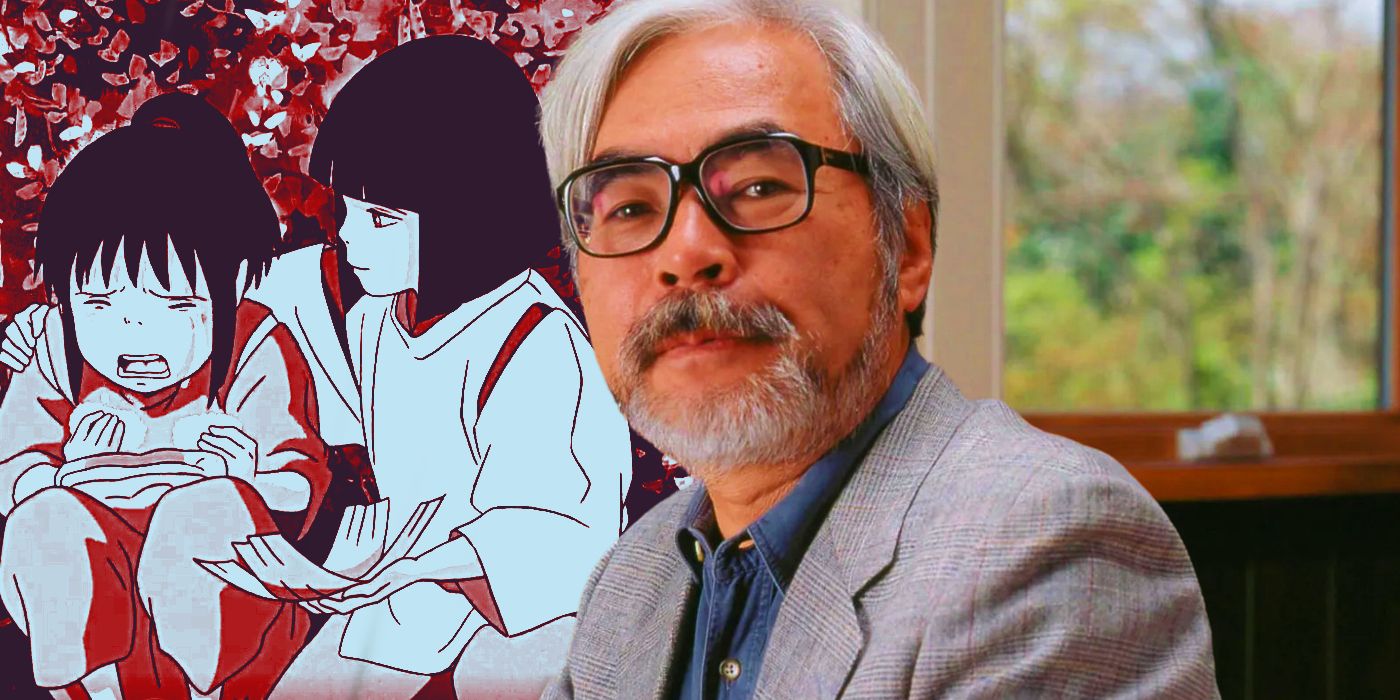
As an anime fan for years, I have enjoyed watching the diverse genres, art styles, and unique stories that anime offers. But there is a pattern that permeates the entire anime industry that is disheartening; the treatment of female characters. Female anime characters, often even minor ones, are often sexualized in uncomfortable ways. As a viewer, it's alienating and painful to witness characters who seem to exist solely for fan service. This objectification makes it difficult to fully enjoy the anime, especially when female characters are reduced to one-dimensional and hypersexualized figures.
However, in a medium that also reduces its female characters in uncomfortable ways, Hayao Miyazaki's Studio Ghibli films have always been a breath of fresh air. They have complex and meaningful stories with authentic girls and women whose value is not simply based on appearance. These films remind me why I fell in love with anime and give me hope that there is room for better representation in the world of anime.
Miyazaki's films feature empowering female protagonists
A refreshing look at strong women in anime
One of the best qualities of Miyazaki's work is his dedication to creating powerful female characters. Its female protagonists are independent, strong-willed, and resourceful, but they are never defined solely by these characteristics. From Nausicaä in Nausicaä of the Valley of the Wind to Chihiro in Away from spirit to Sofia in Howl's Moving Castle, Studio Ghibli's heroines face many difficult challenges with bravery, resilience and intelligence, showing that they are capable of leading their own stories.
In addition to bravery, Ghibli's protagonists also have a deep sense of compassion. Characters like Nausicaä in Nausicaä of the Valley of the Wind show that true strength lies in kindness. Nausicaä fights for peace not with force, but through understanding and connection. His courage comes from a commitment to protecting his people and the natural world. This empathetic heroism inspires audiences to see strength as much more than just physical, where kindness and determination coexist. These depictions of female characters remind viewers that power is not just about defeating opponents, but about standing up for what is right.
These characters don't just exist to look pretty, they actively shape the plot. Chihiro's journey through Spirited Away the spiritual world teaches her about courage, loyalty and personal growth. Sophie's transformation into an elderly woman in Howl's Moving Castle teaches self-discovery, reminding viewers that aging is natural and that beauty and strength come from within. These and all of Miyazaki's other female characters do not rely on sexualization to attract audiences; rather, they are loved by viewers because they are relatable and feel real.
Realistic and Diverse Female Representation
Complexity beyond physical appearance
Studio Ghibli films celebrate the diversity of femininity in a way that few other anime do. Miyazaki's female characters span a wide range of ages, backgrounds, and personalities that capture the depth and variety of real women. In Kiki's delivery service, Kiki is a young witch who learns independence and self-confidence in a new city. While My Neighbor Totoro portrays Satsuki as a caring older sister who struggles with family struggles and changes.
Ghibli's realistic approach to female characters extends to their everyday struggles, making their stories relatable. In Just yesterday, Taeko's journey of self-discovery resonates with viewers as she recalls childhood memories and navigates the challenges of adulthood. This inner exploration of identity is refreshing in a medium that often focuses on a woman's physical characteristics rather than their minds and souls. By normalizing this self-reflection and personal growth, Miyazaki and Ghibli portray women as deeply complex individuals, allowing audiences to connect with them on an emotional level and feel seen in their own life journeys.
Instead of forcing women into roles that appeal to male audiences, it builds worlds where they can be flawed, vulnerable, and complex. This diversity is not only refreshing, it's desperately needed in anime.
Miyazaki respects the individuality of his characters. Instead of forcing women into roles that appeal to male audiences, it builds worlds where they can be flawed, vulnerable, and complex. This diversity is not only refreshing, it's desperately needed in anime. Ghibli stories provide young girls and women with positive role models to look up to, reminding them that their value is so much more than their physical appearance.
Challenging social norms and stereotypes
Redefining femininity in anime
Miyazaki's films are not just about adventure or fantasy, they often make subtle critiques of social norms. By creating stories that go beyond stereotypical gender roles, Miyazaki challenges the excessive sexualization and objectification that are unfortunately common in anime. In Princess Mononoke, San is a fierce warrior who fights to protect her forest home. Likewise, in Nausicaä of the Valley of the Wind, Nausicaä is a powerful princess with compassion and love for her people and the natural world around her. The strength and determination of both characters are respected, not fetishized, showing that they are equal partners to their fellow male protagonists.
Miyazaki's films also challenge conventional definitions of beauty and femininity. Characters like Umi in Of In Poppy Hill and Sheeta in Castle in the sky find beauty in acts of kindness, intelligence, and quiet resilience rather than physical appeal. This alternative portrayal challenges conventional trends in anime, where beauty is equated with allure and sex. By focusing on these characters' inner qualities, Miyazaki shifts the lens to their intelligence, bravery, and compassion. These types of depictions encourage viewers to see beauty as something much more substantial than physical appearance, emphasizing the importance of inner strength.
This refreshing and surprising approach is rare in anime, where female characters are often treated as accessories or objects of desire. Ghibli films prove that femininity can exist alongside strength and independence. Miyazaki's respectful storytelling helped pave the way for better representation of women, showing that female characters can be multidimensional, compelling, and most importantly, human.
Miyazaki's Studio Ghibli films have redefined my expectations of anime, offering inspiring female characters that stand out from the superficial portrayals of many other series. These stories give me hope for an industry that often undermines its female characters. Studio Ghibli proves that anime can celebrate women without resorting to objectification. Miyazaki The films are not only my favorite anime, they are my reminder that anime can be a medium of respect, beauty, and deep storytelling.
